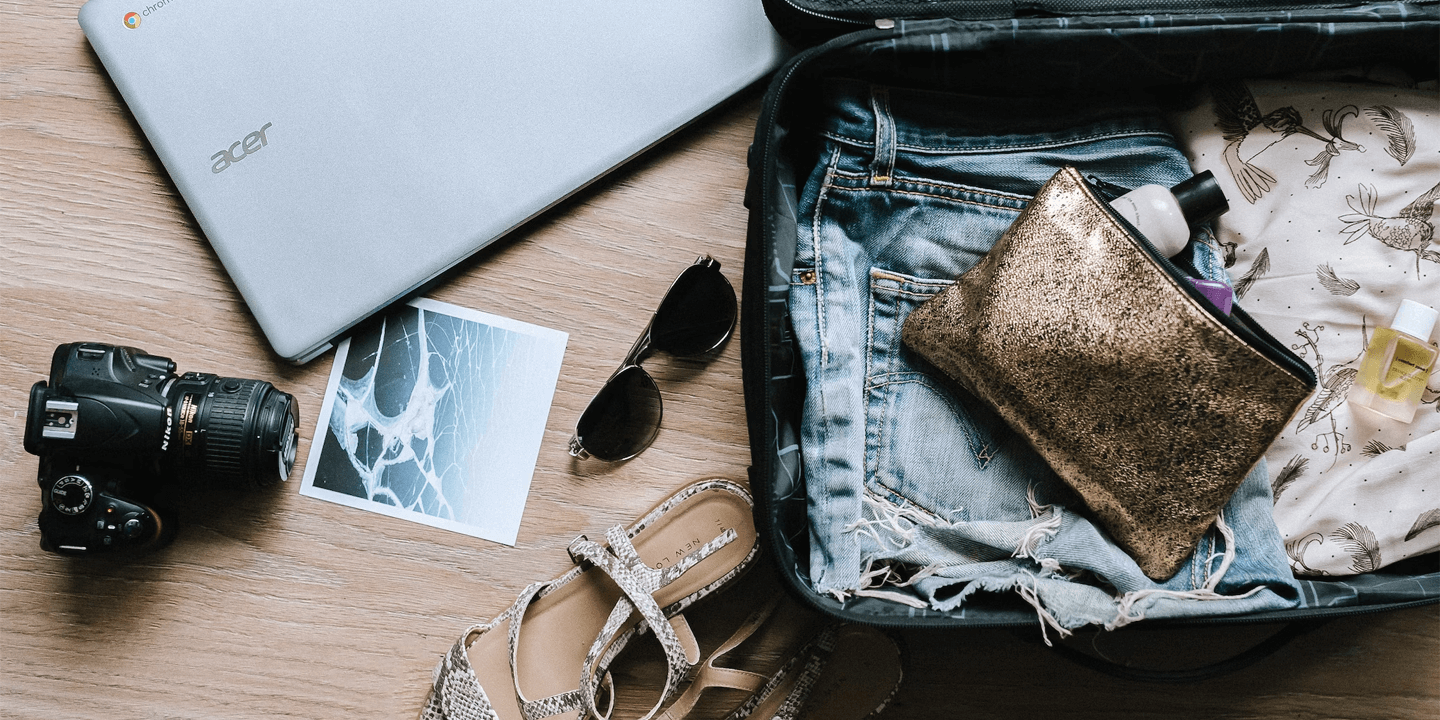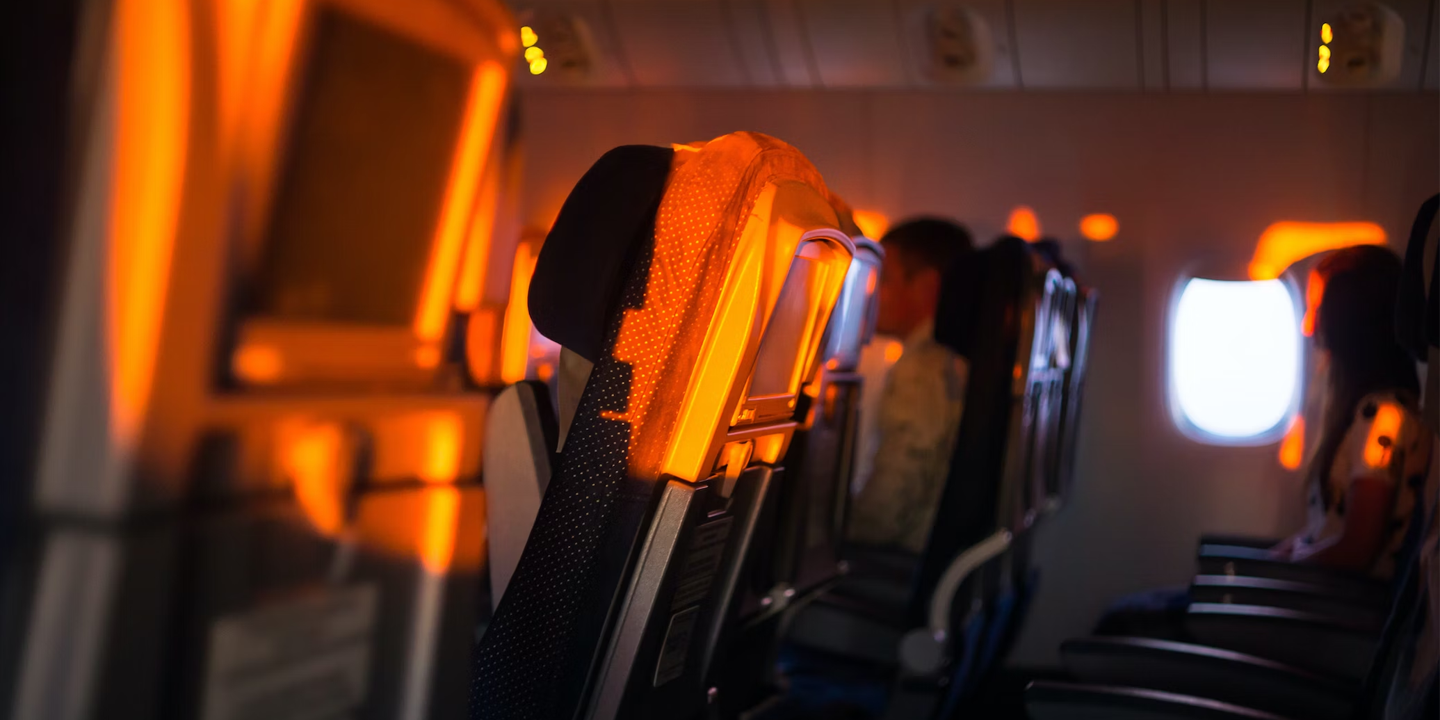Smarter Travel Starts Here
Travel can shake even the calmest paws and whiskers. However, the difference between a stressful scramble and a smooth journey lies in the smallest details. If you've ever looked into your pet’s anxious eyes and wished you had a better plan, you're not alone. Here, we’re offering practical, thoughtful tips to ensure your next adventure is a safe and comforting one for both of you.
1. Choose Pet-Friendly Transport Only
Many airlines and buses don’t allow pets at all or only in specific conditions. However, pet-friendly transport ensures your animal travels legally and safely. Some rail companies offer special seating zones for pets, while certain airlines allow pets to earn frequent flyer miles.
2. Use A Secure, Well-Ventilated Carrier
Proper carriers prevent escape and injury during sudden movements. When properly ventilated, it helps regulate body temperature and prevent overheating. Airline-approved carriers often come with seatbelt loops for added safety, and carriers with wheels make airport travel much easier.
3. Pack A Familiar Blanket Or Toy
Familiar smells reduce stress and help pets feel secure in transit, and comfort items help them adapt faster to new environments. A toy with your home scent can ease travel anxiety. Many dogs cuddle with their favorite blanket like a security object.
4. Visit The Vet Before You Go
Most countries and airlines require a recent health certificate for traveling pets, and a vet visit confirms your pet is healthy enough to travel. Some pets need motion sickness meds, just like humans, and your vet can also offer anxiety relief options.
5. Bring Portable Food And Water Dishes
Hydration and routine meals are essential to prevent stress-related issues. Thankfully, there are foldable bowls that save space and keep your pet fed on schedule. There are also collapsible silicone bowls that clip onto backpacks and self-watering bottles that dispense only when licked or nudged.
 Collapsible Pet Bowl For Your Pets #marshallspetzone by Marshalls Petzone
Collapsible Pet Bowl For Your Pets #marshallspetzone by Marshalls Petzone
6. Microchip Your Pet For Safety
If a pet gets lost, microchips drastically increase recovery odds. Most shelters and vets scan for chips immediately when pets are found. GPS collars are also useful, but they can run out of battery, and some countries legally require microchipping for entry.
7. Label All Gear With Contact Info
Clear labels aid in fast return if luggage or carriers are separated. ID tags also help reunite you with your pet in emergencies. Custom tags now come with QR codes linking to full profiles, while waterproof labels stay intact even in rain or snow.
8. Keep Medical Records Handy
Besides border officials and airlines asking for proof of vaccinations or health, medical records also help in emergencies where a vet needs history quickly. Some mobile apps store pet medical data for instant access. Digital copies are often accepted in addition to paper.
9. Schedule Frequent Stretch Stops
Pets need to relieve themselves and stretch to avoid cramps. Physical discomfort aside, these breaks also reduce travel-related anxiety for them. Even cats benefit from quick out-of-crate moments in safe spaces. Many highway rest stops now have pet relief areas.
 Hisakuni Fujimoto on Wikimedia
Hisakuni Fujimoto on Wikimedia
10. Never Leave Pets Alone In Cars
In minutes, temperatures in cars can rise or drop to dangerous levels. It’s even illegal in many states and countries to leave pets in parked cars. Police can legally break windows to rescue pets in distress.
11. Train Your Pet For Short Trips First
Training reduces the risk of panic-induced behaviors in transit. Gradual exposure builds tolerance and confidence for longer travel, so use short car rides to prepare pets for motion, sound, and vibration. Clicker training during practice trips can make travel rewarding.
 Priscilla Du Preez 🇨🇦 on Unsplash
Priscilla Du Preez 🇨🇦 on Unsplash
12. Practice Crate Time Before Travel
Pets unfamiliar with crates may become stressed or aggressive, but crate training helps them see carriers as safe havens. Practice sessions can start as short as 5 minutes a day. Some pets will even nap in their crate if it feels like home.
13. Pack A First Aid Kit For Pets
Quick treatment can prevent minor injuries from becoming serious. Travel delays or remote areas might lack immediate veterinary care, so have your kit ready. Kits often include tweezers and paw protection. You can buy pre-packed pet kits or customize your own.
14. Stick To Your Pet’s Feeding Schedule
Disrupting meals can cause digestive issues or stress reactions, but routine supports your pet’s internal clock and sense of security. Some smart feeders are portable and app-controlled, so they can help. Also, feeding after travel reduces the chance of motion sickness.
15. Use Calming Sprays Or Supplements
Natural pheromone sprays ease anxiety without sedation. Vets may also recommend supplements like L-theanine or CBD for pets. Lavender and chamomile scents are safe and calming for many animals. However, not all products work for every pet—testing is key.
 Calm your Dog with Lavender Spray by Liz & Lou
Calm your Dog with Lavender Spray by Liz & Lou
16. Research Local Vets Along Route
Knowing emergency care locations could save your pet’s life. Some areas may lack 24-hour vet services, so plan accordingly. There are websites that map pet emergency centers by region—use them. Tele-vet services can help if no physical clinic is nearby.
17. Choose Pet-Friendly Accommodations
Not all hotels or rentals allow pets—some do, but they charge hefty fees. Verified pet-friendly lodging ensures you won’t be turned away. You may even get pet beds, bowls, and treats upon check-in. Major chains like Kimpton and Aloft cater specifically to pet travelers.
18. Book Direct Flights When Flying
Direct flights minimize handling errors and the time in transport, while layovers increase temperature exposure and the risk of lost pets. Pets have been mistakenly rerouted on connecting flights. Red-eye flights can be perfect as they may have fewer distractions and less noise.

19. Follow Airline-Specific Pet Policies
Each carrier has unique rules for pet weight and carrier size. Not following them could lead to denied boarding or extra charges. Some airlines have breed restrictions, especially for brachycephalic pets. Rules can differ even within international branches of the same airline.
20. Let Your Pet Explore New Spaces Slowly
Sudden exposure to unknown areas can trigger anxiety. However, gradual introduction helps pets build trust in new environments. Cats often hide for hours before adjusting in a hotel room, and dogs may sniff or pace to orient themselves—this is normal.























